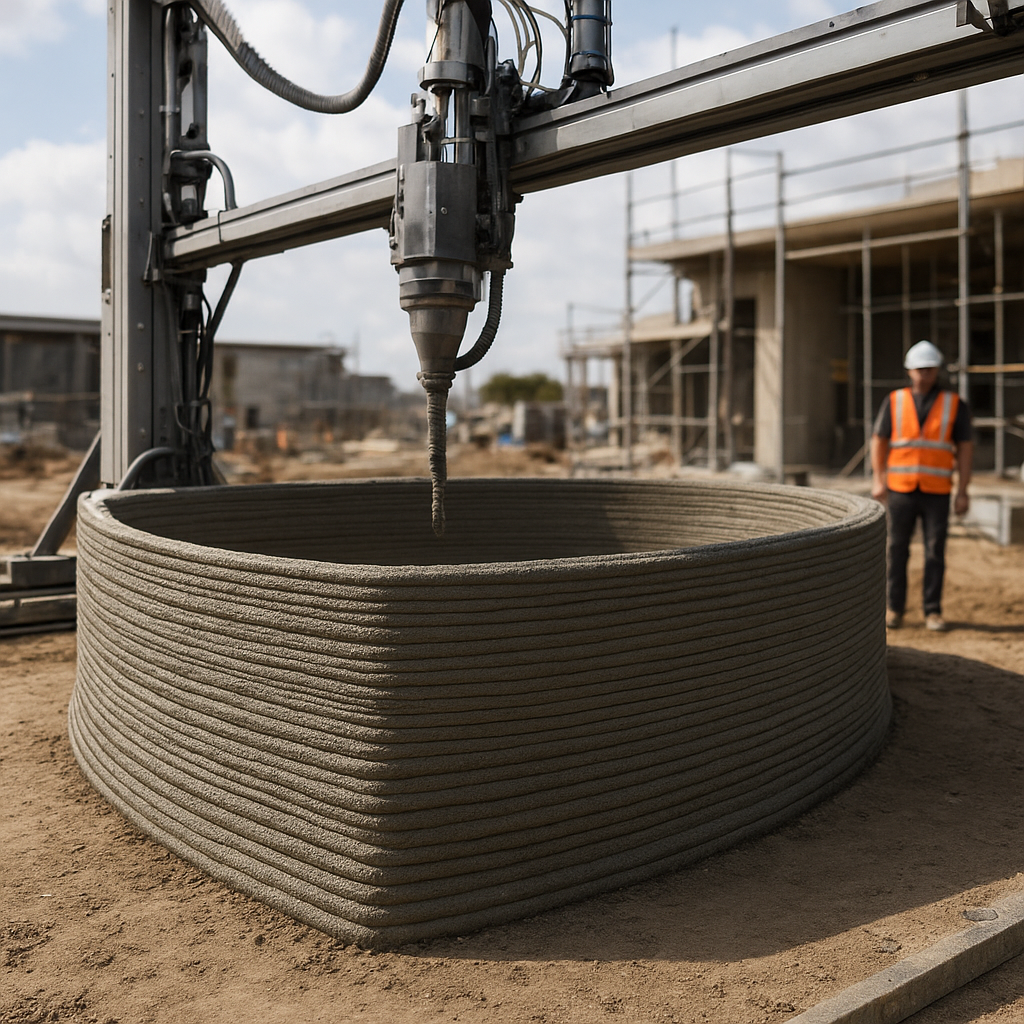
Stepping onto a bustling construction site before dawn, the world of a heavy machine operator comes alive with the hum of earthmovers and the clatter of steel components. Every shift demands unwavering concentration, a deep understanding of massive equipment, and a commitment to uphold the highest standards of workmanship and safety. From pre-operational checks to coordinating with fellow crew members, each moment stretches into a choreography of metal, power, and human expertise.
Morning Preparations on the Job Site
Before the first engine roars to life, a thorough inspection sets the tone for the entire day. A seasoned operator dons protective goggles and a high-visibility vest, then performs a systematic walkaround of the excavator, bulldozer, or loader assigned to them. Every bolt, hose, and track segment must pass scrutiny to prevent unexpected breakdowns.
Fuel levels are checked, lubricants topped up, and vital fluids measured against manufacturer specifications. This ritual of readiness cultivates a mindset of precision and reliability. Even a minor leak in the hydraulic circuit can escalate into costly downtime or pose serious hazards on site.
Daily Equipment Checklist
- Tire or track integrity
- Engine oil and coolant levels
- Hydraulic pressure gauges
- Safety alarms and lights
- Controls and levers condition
Completing the checklist not only enhances efficiency but also fosters trust among team members. Clear documentation ensures that any discrepancies are addressed promptly, avoiding delays once excavation or lifting begins.
Finally, the operator attends a short briefing with site supervisors and fellow workers. They discuss work zones, potential hazards, and daily targets. This pre-shift meeting underscores the spirit of teamwork that underpins every successful construction project.
The Art and Science of Operating Heavy Machinery
As light breaks over the horizon, the roar of diesel engines signals the start of excavation. Maneuvering a multi-ton excavator demands a blend of art and technique: the operator must gauge swing radius, bucket angle, and ground conditions all at once. Anticipating soil composition—whether clay, sand, or rock—affects digging strategy and cycle times.
Precise use of the hydraulic controls converts pedal and joystick inputs into powerful arm and bucket movements. Understanding the fundamentals of hydraulics allows the operator to adjust force and speed, optimizing performance while reducing fuel consumption and wear on critical components.
Excavation Workflow
- Positioning the machine on stable ground
- Calibrating bucket tilt for target material
- Executing controlled digging strokes
- Swinging material to dump truck or stockpile
- Monitoring loads to avoid overreach
Coordinating with spotters and truck drivers requires clear communication. A single misread signal can lead to material spill, equipment damage, or worse. Invoking hand signals, two-way radios, and brightly colored pin flags ensures each action unfolds safely and smoothly.
Beyond excavation, operators rotate through tasks such as grading and leveling. Here, the combination of satellite-guided GPS systems and seasoned intuition yields flat, even surfaces in preparation for foundations or paving. No two projects are identical, and the ability to adapt on the fly marks the difference between a novice and a master of the craft.
Ensuring Safety and Effective Teamwork
Maintaining a secure work environment is paramount when tons of metal swing overhead and ground vibrations ripple through the site. A strict safety culture demands constant vigilance. Operators conduct secondary checks mid-shift, examining heat-build-up in joints and listening for unusual noises in the engine compartment.
Training in emergency procedures—such as rapid engine shutdown and evacuation routes—equips every crew member to react swiftly if a malfunction arises. On larger sites, dedicated safety officers patrol, ensuring that everyone from welders to surveyors respects exclusion zones around operating machines.
Key Safety Guidelines
- Maintain a minimum clearance radius
- Wear hearing protection near engine bays
- Implement lockout/tagout for repairs
- Use spotters for blind spots
- Ensure fire extinguishers are accessible
Frequent toolbox talks reinforce best practices. During these short gatherings, participants share observations and near-miss incidents, converting lessons learned into actionable improvements. Such open dialogue cements trust and unity, crucial facets of teamwork that boost morale and operational flow.
Even routine tasks like refueling require careful oversight. Static electricity, spilled diesel, and hot surfaces can create fire risks. By following established protocols and wearing the right protective gear, the crew keeps hazards in check, allowing work to proceed without costly interruptions.
End-of-Day Maintenance and Reflections
As shadows lengthen, the pace slows and machines return to staging areas. The operator tops off fluids, clears debris from cooling fins, and inspects tracks for embedded rocks. In colder months, anti-freeze levels receive particular attention, while dusty summer days call for more frequent air filter changes.
Documenting the day’s work in a logbook preserves vital insights. Notes on unusual wear patterns or emerging noises help maintenance teams plan ahead. Keeping a finger on the pulse of each machine’s health reduces the likelihood of breakdowns and extends service intervals.
Daily Maintenance Tasks
- Clean cab interior and glass
- Grease pivot points and joints
- Inspect hoses for cracks
- Check battery voltage
- Secure all loose tools
After securing the machinery, the operator attends a debrief with supervisors, reflecting on challenges overcome and accomplishments achieved. Sharing suggestions for process improvements sharpens collective expertise and drives continuous growth in overall site efficiency.
Finally, as the sun dips below the horizon, the operator bids farewell to the rumble of engines until the next dawn. A successful day hinges on skillful handling of towering equipment, unwavering adherence to protocols, and seamless communication among all stakeholders. In this world of steel giants, each operator leaves behind a landscape transformed by human ingenuity and mechanical might.

